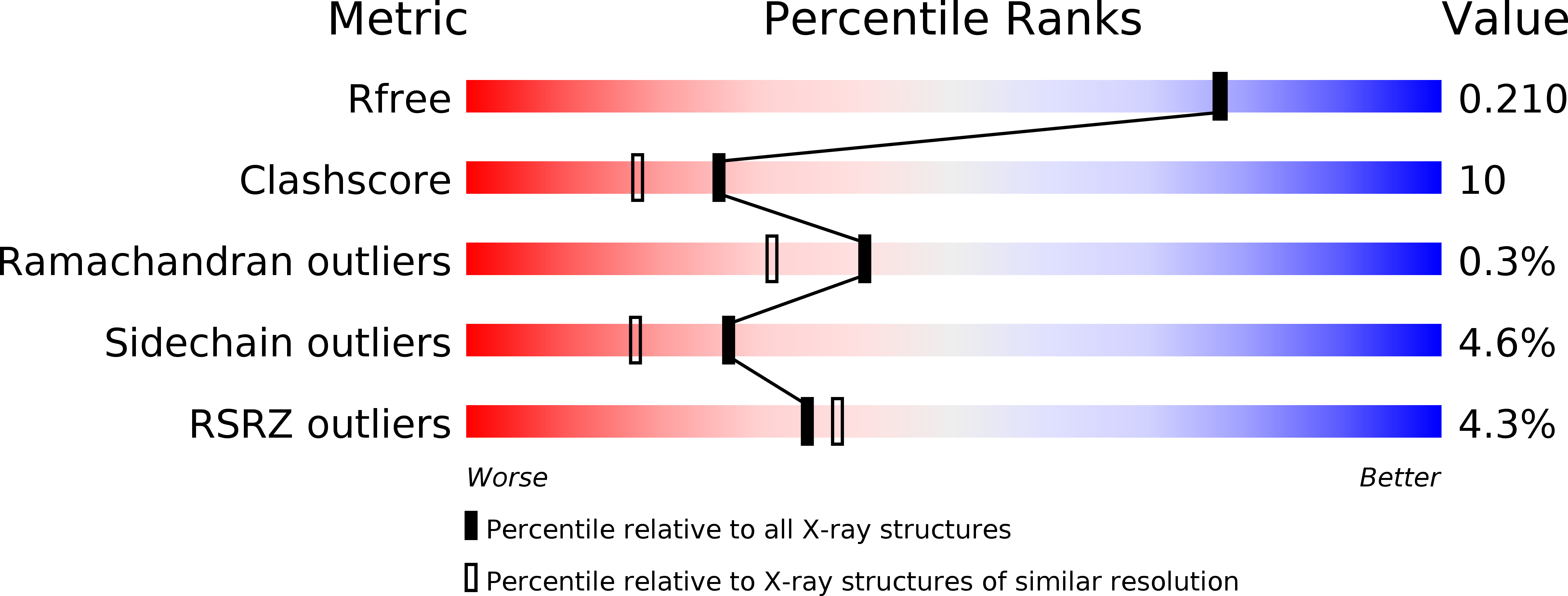
Deposition Date
2005-09-15
Release Date
2005-10-07
Last Version Date
2024-05-08
Method Details:
Experimental Method:
Resolution:
1.90 Å
R-Value Free:
0.21
R-Value Work:
0.18
R-Value Observed:
0.18
Space Group:
I 4


